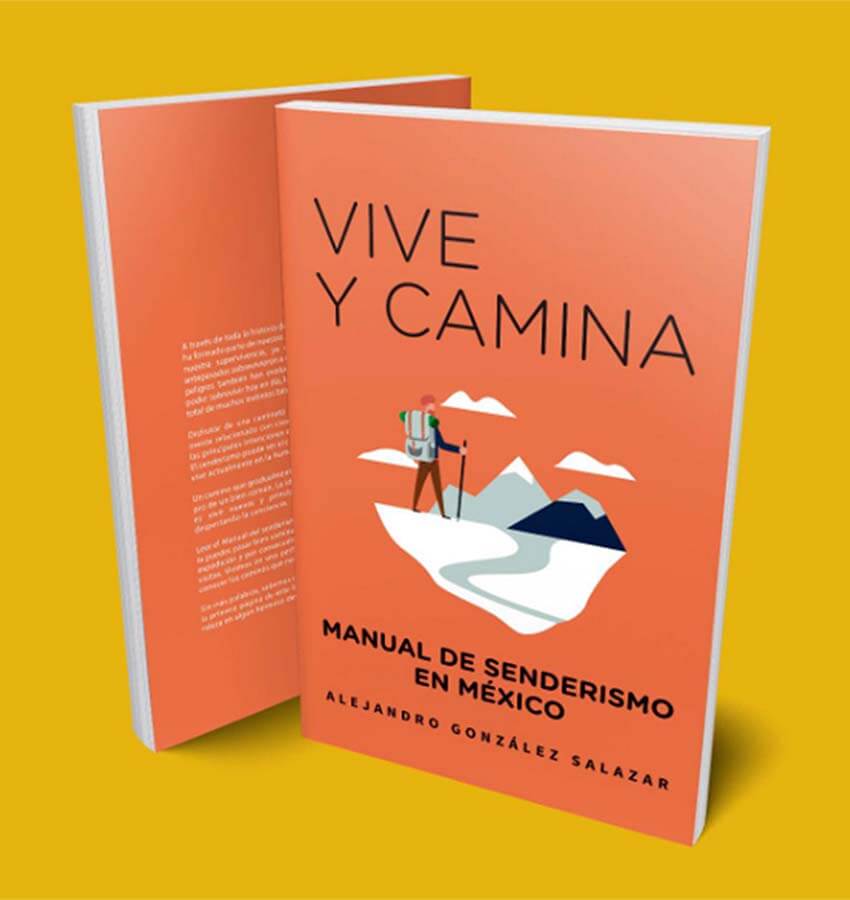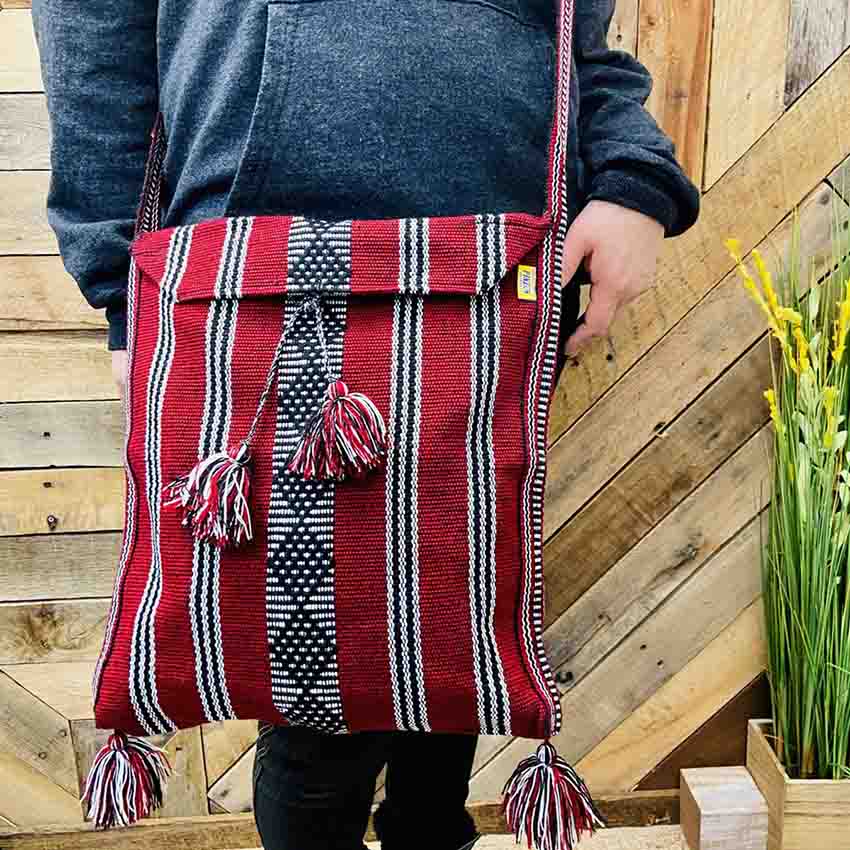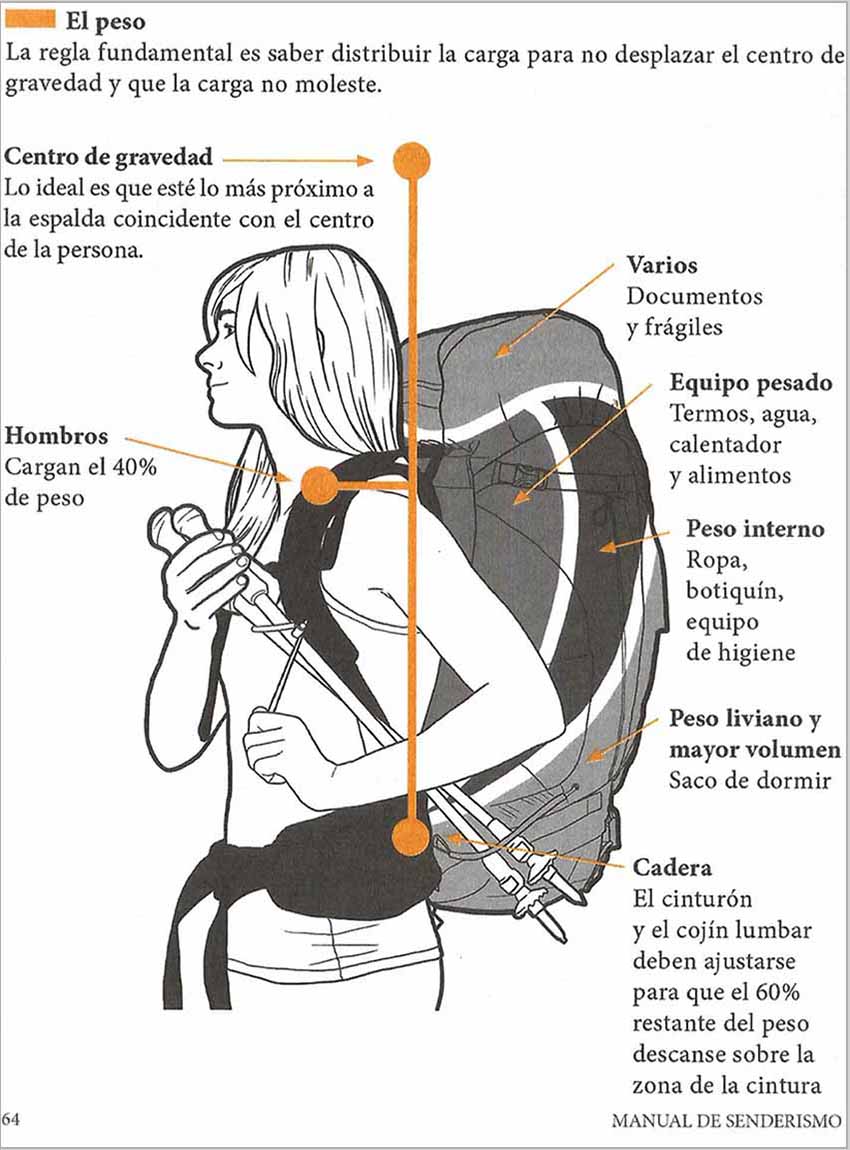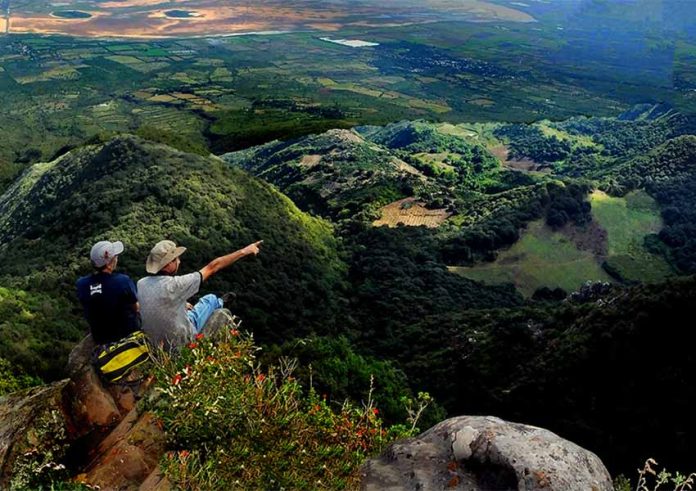When hiker Alejandro González recently published his guide to hiking in Mexico, Vive y Camina (Live and Hike), the founder of Bakpak Magazine’s goal wasn’t so much to organize excursions for already experienced hikers but rather to lure city folk out of the metropolis and into the woods.
He also wanted to leave them with such good feelings about their experience that they would happily come back for many more hikes thereafter.
“There are many things in life that we take for granted,” says González, who is also the founder of Bakpak Monterrery, one of the most active groups of senderistas (hikers and trekkers) in northeastern Mexico. “A sky of blue, a meadow, a tree. But the very fact that we can see these things at all is magic, the very fact that we can walk on two legs without falling flat on our faces, is magic.”
“If we demonstrate the value of nature,” he says, “if we teach it well, in such a way that people have fun and enjoy the experience, it generates a link between them and nature, and this link will be of inestimable value in absolutely everything they will ever do.”
This is truly a noble undertaking in a society where the younger generation would often happily keep their eyes glued to a smartphone 24 hours a day if they could get away with it.
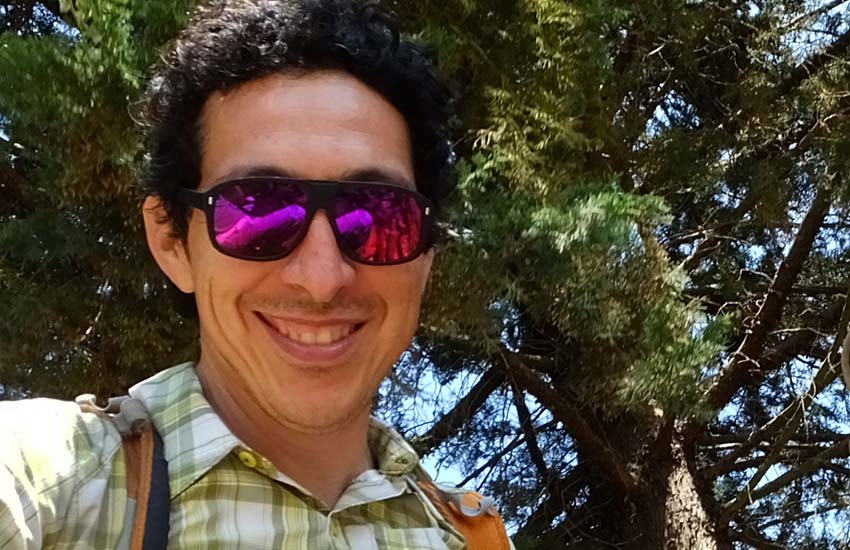
The trick is that enticing city slickers of any age to follow a trail into the unknown could go terribly wrong. If, at the end of their first such experience, they come home utterly wiped out, chewed on by gnats, covered in poison ivy and walking on blisters, it’s a sure thing that they’ll never go on a second hike — and down the line, they will probably make sure their children won’t either. Hence this book.
“Be prepared!” is definitely the right motto for anyone about to walk into the woods, and here, González shares his hard-won experience and discoveries about proper hiking gear with those willing to follow him out of their comfortable homes and into the fascinating forests, mountains, deserts, canyons and jungles that Mexico is famed for:
Footwear
So far, no one has ever shown up for one of my hikes wearing high heels but, yes, a few people have arrived wearing flip-flops.
Now, I admit that I once met a campesino (farmer) who led us up to a cave atop a steep hill wearing flip-flops while all of us cavers had proper hiking boots. On top of that, Don Ginio was swinging a machete the entire time, clearing the way for the rest of us — and guess who had problems keeping up with whom!
Nevertheless, González lays forth solid arguments for going out and buying proper hiking boots if you want to get the most benefit from your exploration of the great outdoors.
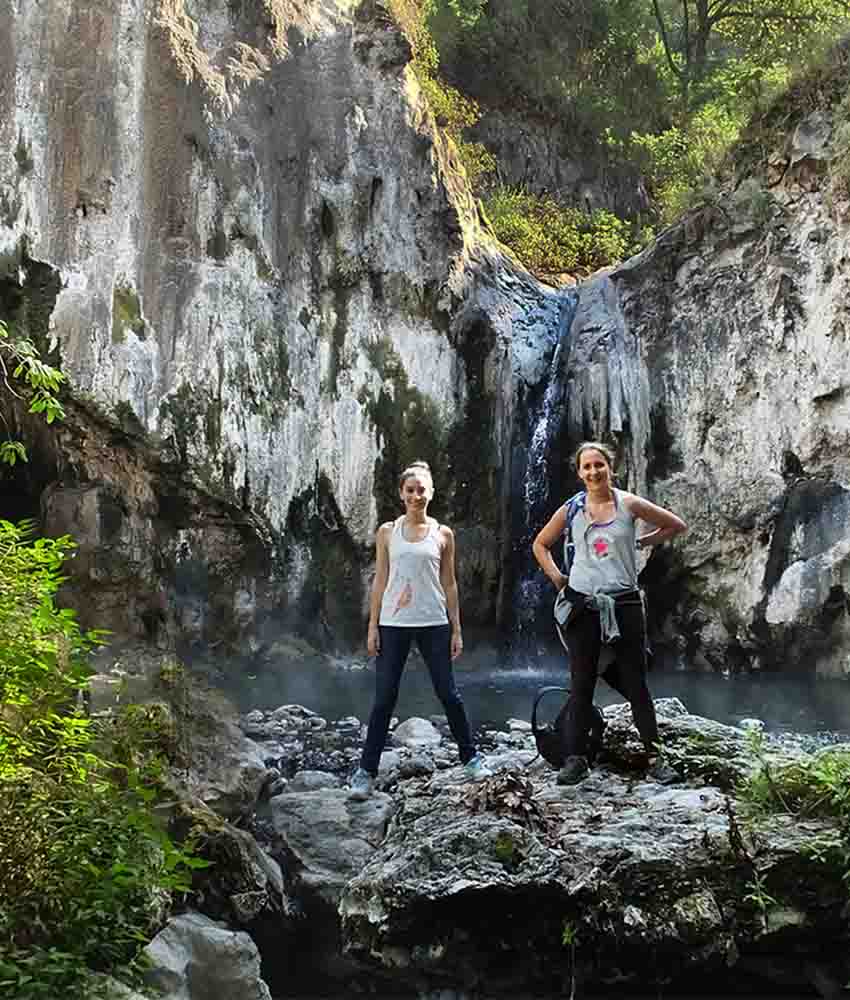
“Boots give stability to every step and the best protection you can get for your ankles. They can keep your feet dry in rain and snow and allow you to move safely over rocks and thorns. A good boot is a prueba de todo — everything-proof.”
In addition to good hiking boots, says González, you should also think about getting socks specifically made for hiking. “Blisters can be the result not only of bad shoes but also the wrong kind of socks.”
In my opinion, those “right kind of hiking socks” are the ones made of merino wool. Wool has the amazing ability to keep you warm even when it’s wet. You can demonstrate its wonderful moisture-wicking power by putting your hand inside a damp woolen sock.
After five minutes you will notice that the moisture has moved to the outside of the sock and your hand is dry.
Clothing
Layers are the secret, says González, and I completely agree. Use quick-dry fabric for your innermost layer, he says, and Polartec for the next layer.
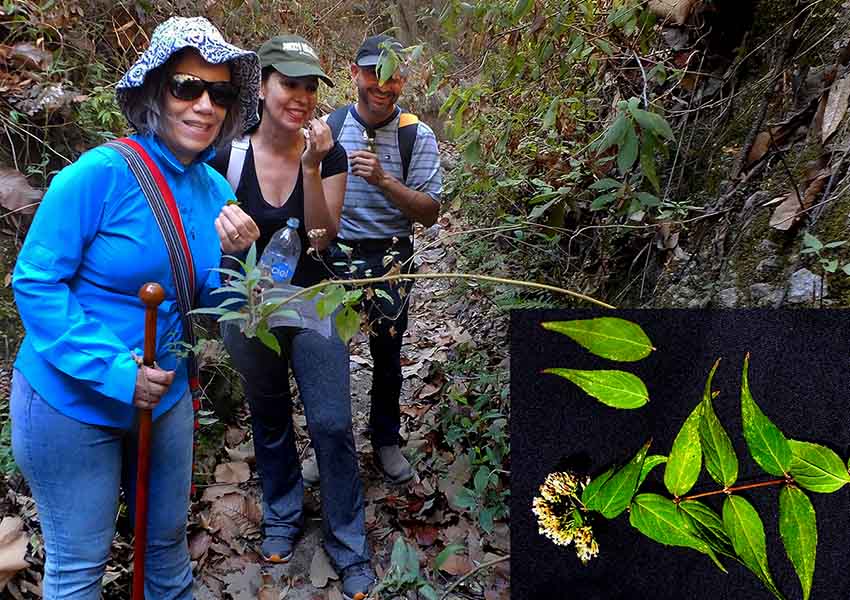
“It will keep you warm and dry in every sort of climate or situation.”
For your topmost layer, González recommends Gore-Tex: “It’s like armor against water, wind and cold, but it allows your body to breathe and keeps you dry.”
What about sleeves and pant legs: long or short?
Here are a few arguments for long: güinas (chiggers), garrapatas (ticks), jejenes (biting gnats), stinging ants, Africanized bees and dengue-carrying mosquitoes.
Also, there’s plants you won’t want to touch: uña de gato (cat’s claw), ahuates (nearly invisible prickles), hiedra (poison ivy), espinas (thorns), mala mujer and dominguillo (stinging plants), not forgetting, of course, the bark of the incha-huevos (swollen-ball tree).
There are arguments for wearing shorts — but I just can’t think of any at the moment!
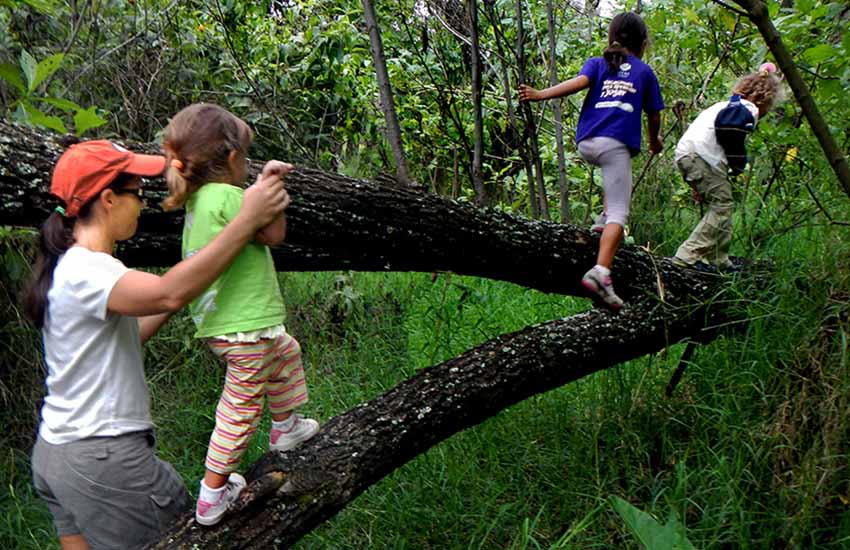
Hats
In addition to preventing your brains from frying, a hat can be mighty handy for beating off those Africanized bees, biting gnats and dengue-carrying mosquitoes mentioned above.
In other words, don’t even think about going hiking without a hat.
Hiking poles
Someone gave me a hiking pole many years ago, and I’ve been using it ever since. I find it particularly useful for keeping balance on loose stones or rocky debris lying on a slope and for leaping from rock to rock while crossing streams.
In his book, Vive y Camina, González makes the case that the use of two hiking poles can actually give you better performance, particularly on slopes.
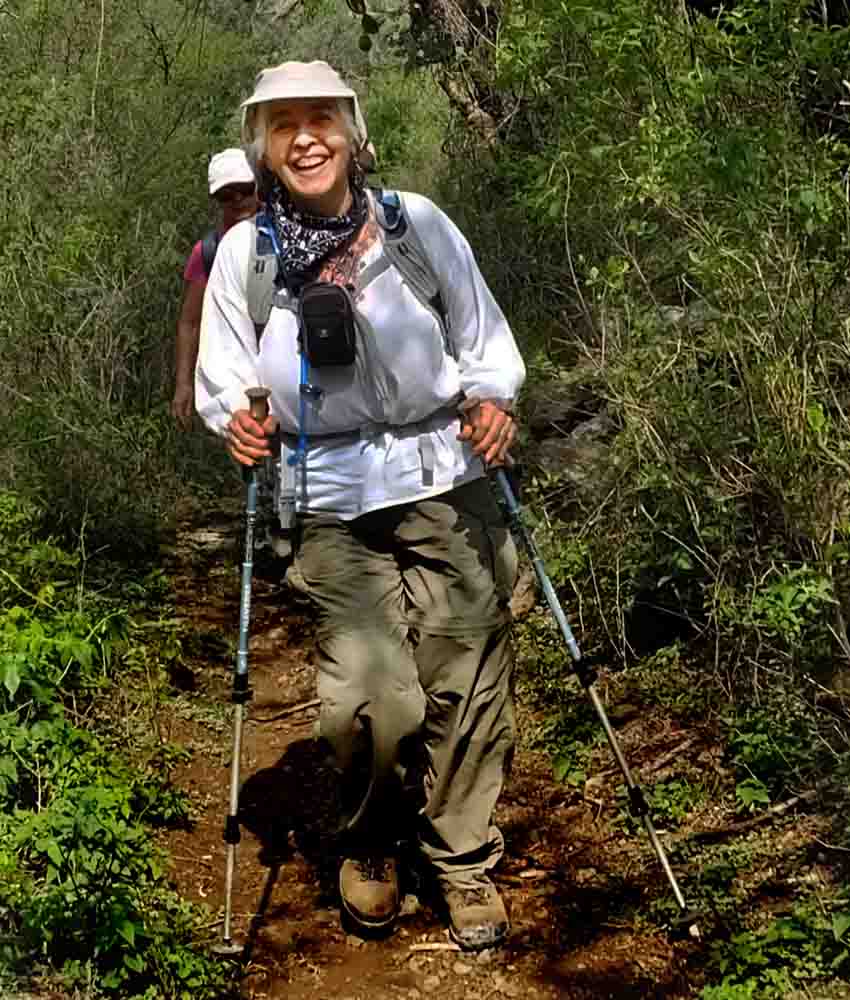
Hiking poles, it seems, are able to reduce stress on feet, legs, knees and back by sharing the load more evenly, especially when you are carrying a heavy backpack.
Opponents do claim, however, that over time, you may turn into a pole junkie and lose some of the agility and balance that every hiker should possess.
Rucksack
You can distinguish casual caminantes (walkers) from experienced senderistas (hikers) by what they carry in their hands rather than on their backs.
Bringing water is a great idea, but holding that water bottle in your hand all day is not. As González suggests, even on the shortest trail, a hiker should always use a mochila (rucksack) containing “the basic necessities.”
After all, even before the Spanish conquistadors arrived, Mexicans habitually carried their belongings in a morral, a bag with a shoulder strap, typically made from ixtle (agave fiber).
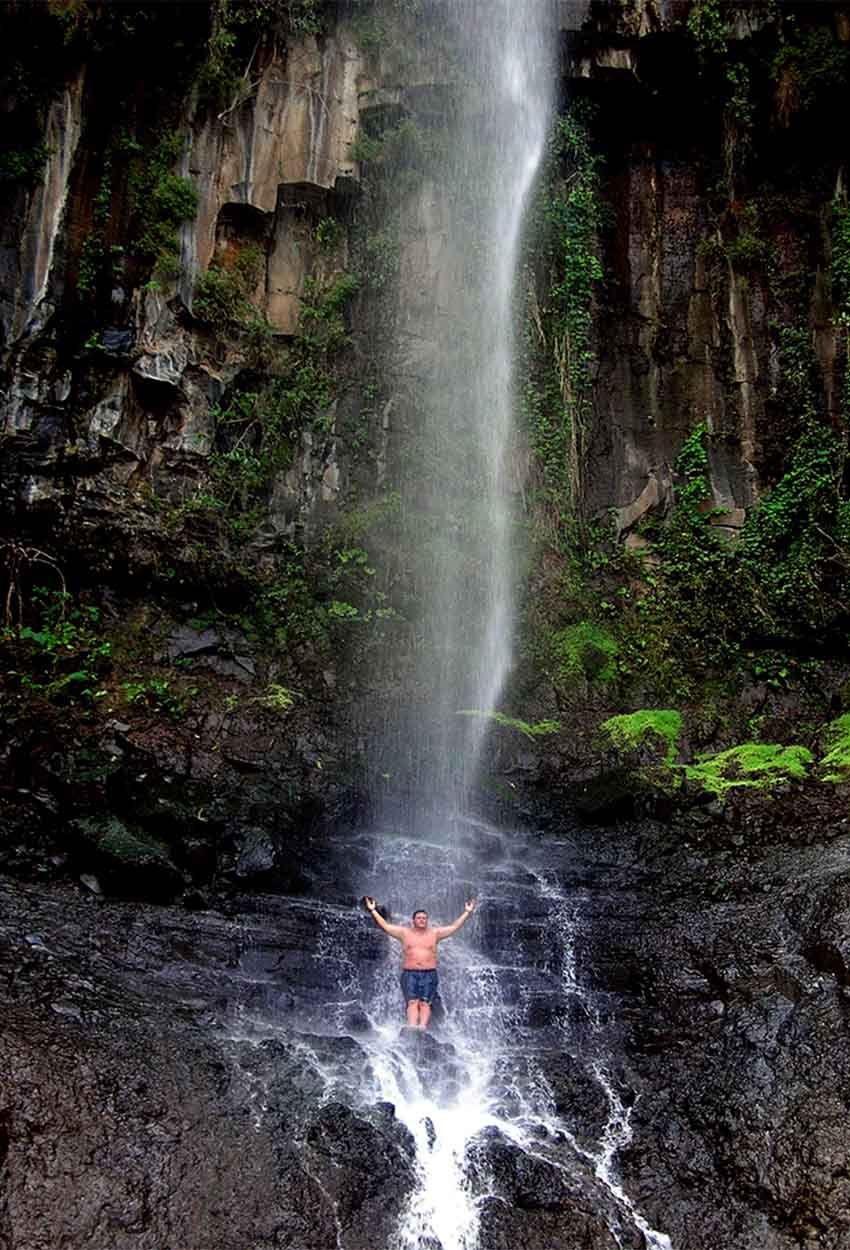
So what are those basic necessities you should carry in your rucksack?
Before we get into that, it’s important to mention that what you should be thinking about when you prepare for your hike is not the expected but rather the unexpected.
The unexpected is getting lost and spending all day trying to find your way back.
The unexpected is a freak storm on that mountaintop, transforming summer into winter in an instant.
The unexpected is a flash flood that turns a bubbling brook into a raging torrent that sweeps you right off your feet.
Or it could be a surprise attack of Africanized bees or just a sprained ankle, leaving you barely able to limp along through desolate terrain.
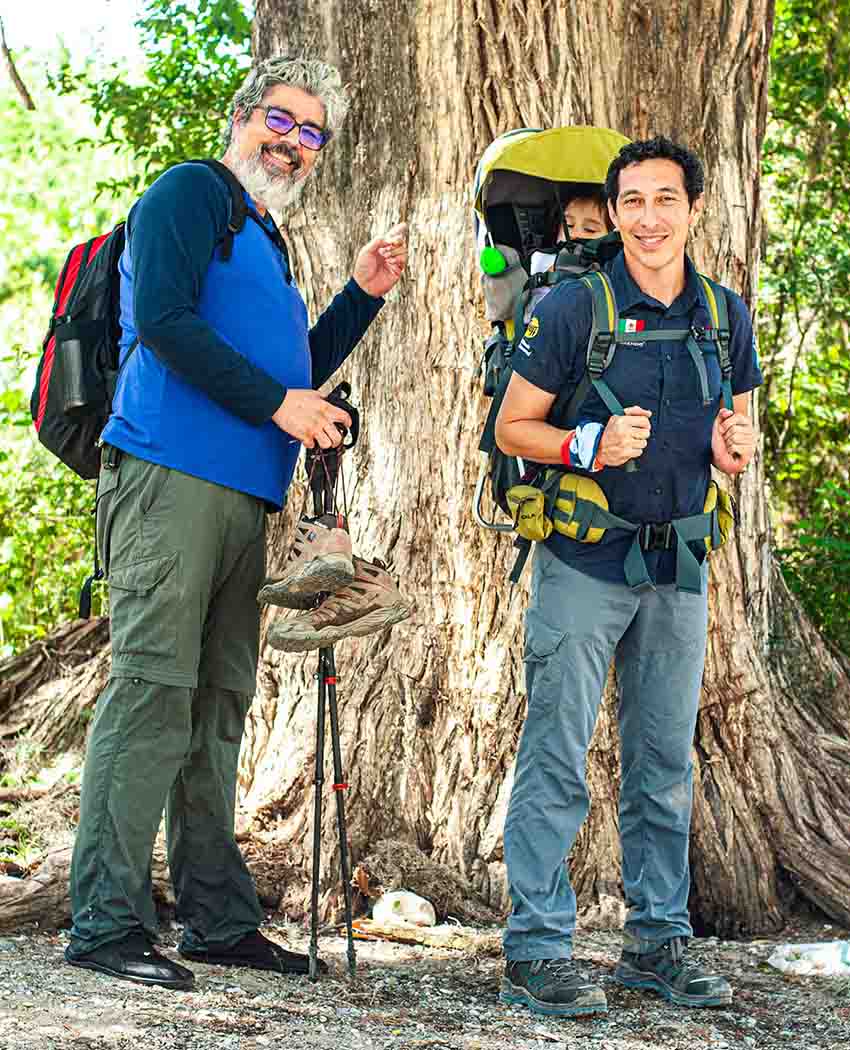
Frequent hikers have experienced some or all of the above and, consequently, the contents of each of their knapsacks will be slightly different. It is however easy to list a few basics:
- water
- a first aid kit
- a knife
- a compact, lightweight windbreaker
- a compass
- a small, lightweight headlamp
- spare batteries for the headlamp
- a whistle
- insect repellent
There is, of course, much more to be said, and González says it well in Vive y Camina (available in Spanish from Editorial Tente publishers in Monterrey, Nuevo León. You can get the book as a hardcover for 350 pesos or as a paperback for 250 pesos from the Bakpak online store.
The writer has lived near Guadalajara, Jalisco, since 1985. His most recent book is Outdoors in Western Mexico, Volume Three. More of his writing can be found on his blog.
